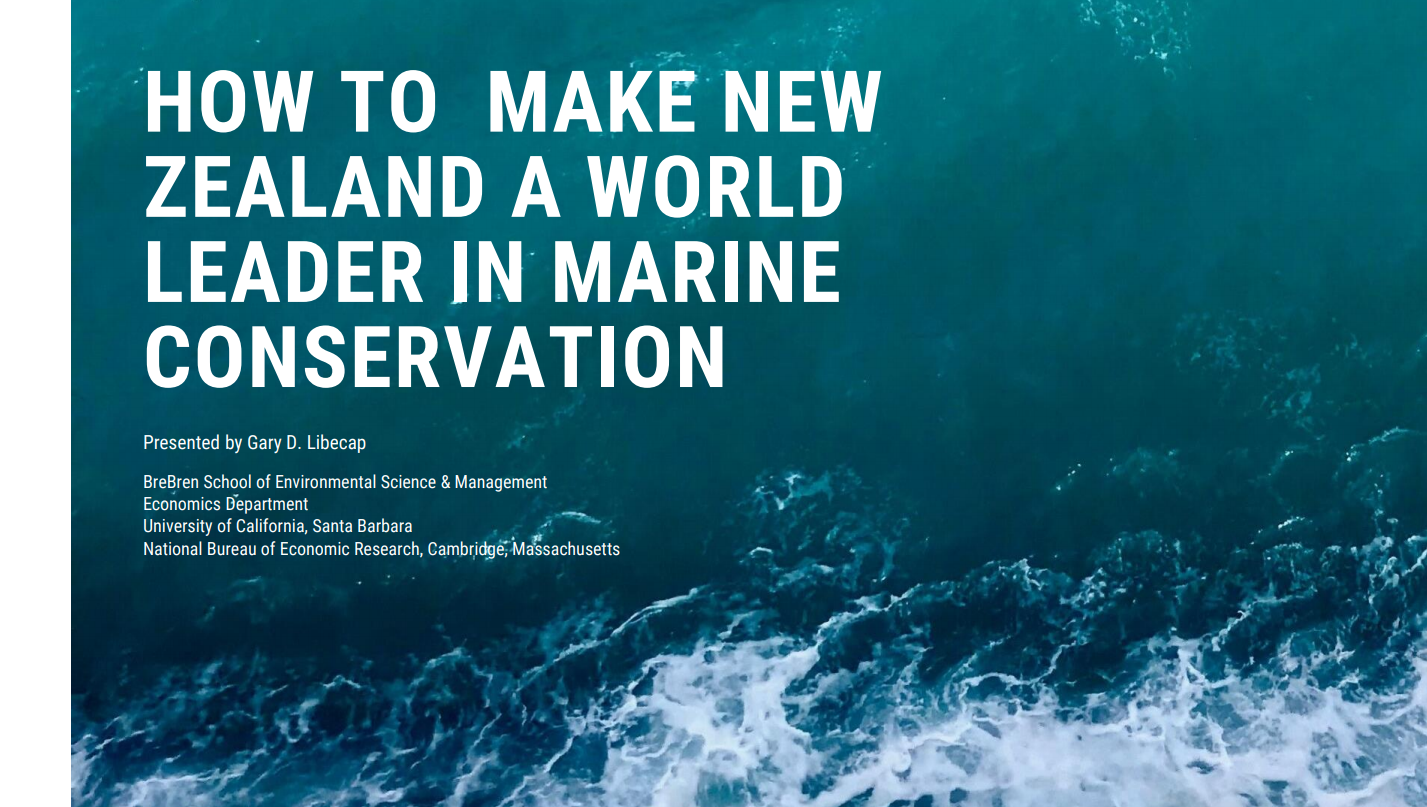An analysis of the impact on Māori property rights in fisheries of Marine Protected Areas and recreational fishing outside the Quota Management System
This study was commissioned by Te Ohu Kaimoana to provide an independent analysis of Ecosystem-Based Management (EBM) and Marine Protected Area (MPA) application in Aotearoa – New Zealand.
As the expansion of MPAs in Aotearoa follows from international efforts to establish or expand MPAs and apply the concept of EBM more generally, this project begins by carrying out a critical overview of the adoption of these approaches worldwide. This international context is then used to examine the New Zealand experience and implications for Māori fisheries rights specifically.
Are MPAs actually a successful tool for protecting ecosystems from risks? If they are indeed a successful way of safeguarding our ecosystems, we would need to incorporate this into our policy advice and discussions with iwi. If not, we need to ask: Why are MPAs still proposed as the primary response to ecosystem protection when the adverse impact on Māori rights, local communities and even the long-term effectiveness of alternative responses appears to outweigh the benefits?
The idea of ‘protected areas’ in the marine environment stems from the Convention on Biological Diversity. In Aotearoa, we are grappling with marine protected areas as a management tool: What are they and what problems are they intended to address?
We believe this report makes a major contribution to the discussions necessary to ensure marine policy supports our ongoing relationship with Tangaroa and ensures the Deed of Settlement and Te Tiriti o Waitangi endures.
To read the study, please click below.
Background on the creation of the study
Prof. Gary Libecap is renowned for his work in environmental economics. So, we asked him to undertake some study, to find out what the international literature says on the effectiveness of Marine Protected Areas.
We’re interested in the kōrero about Marine Protected Areas for two reasons. Firstly because they have the potential to impact Māori fishing rights in a monumental way – and the Kermadec Ocean Sanctuary is a perfect example of this. And secondly because we wanted to know if Marine Protected Areas actually are a successful measure for ecosystem protection.
If they are a necessary and successful measure to safeguard our ecosystem, then we’d need to incorporate this into our policy advice and discussions with iwi. If not, then it begs the question:
Why are Marine Protected Areas still proposed as the primary response to ecosystem protection when the adverse impact – in this instance to Māori rights, local communities and even the long-term effectiveness of alternative responses – outweighs the benefit?
This is precisely the question Prof Gary Libecap asked.
You can watch the talk he gave (above) or read his presentation (click below) to see what he discovered. Dr Eric Crampton also gave a great run-down of the key points in his blog here.



